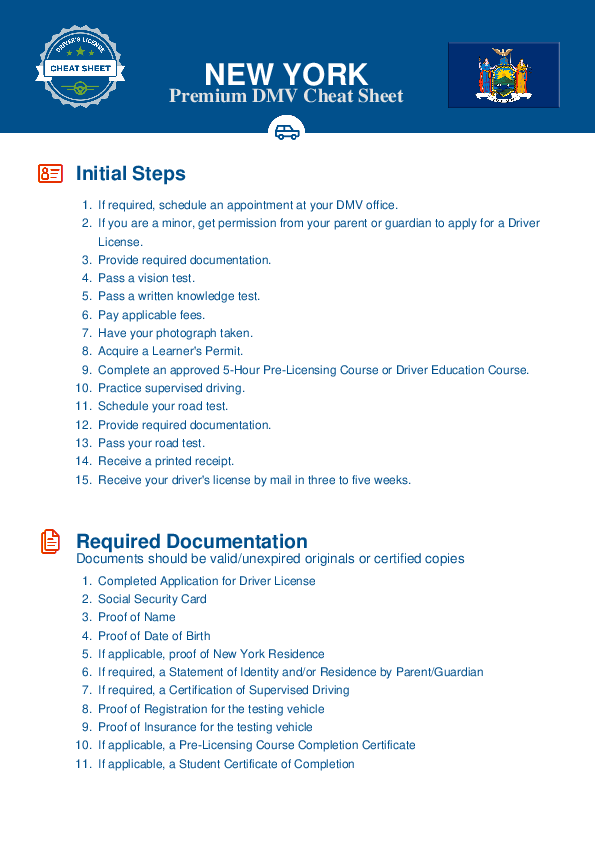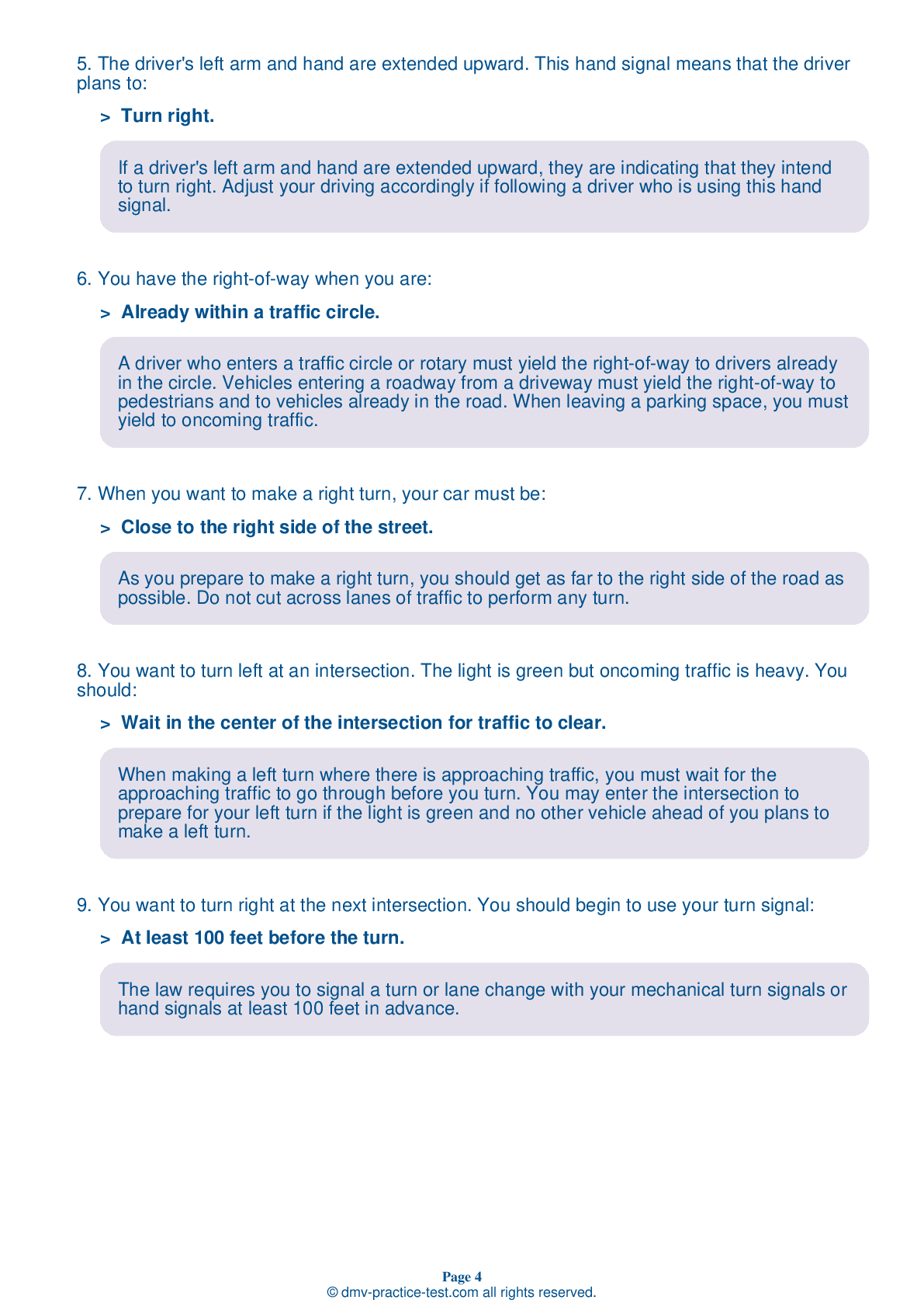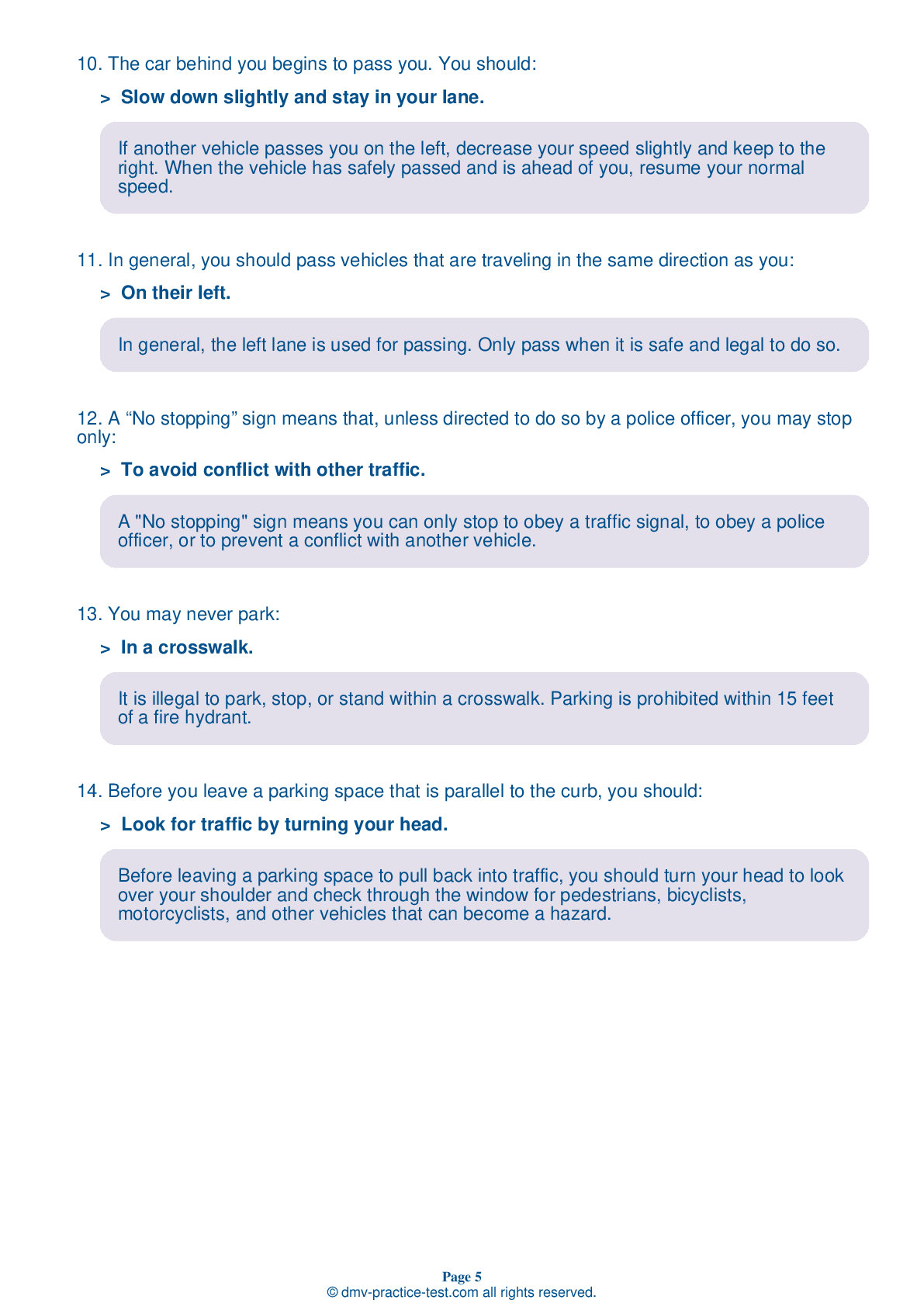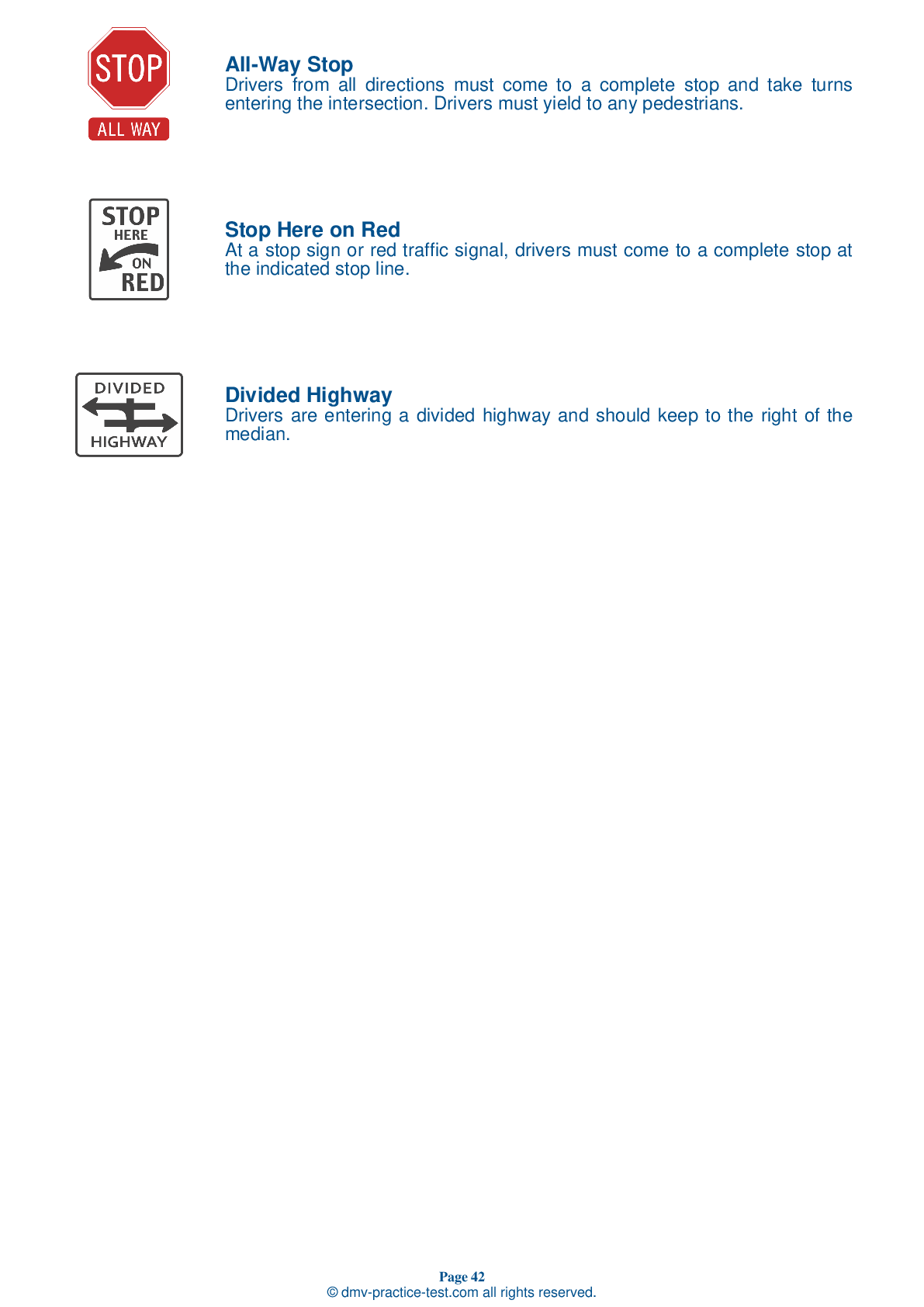FREE New York DMV Practice Test #20
New York's DMV practise examinations have been revised for January 2025. It includes questions based on the New York Driver Handbook's most significant traffic signals and legislation for 2025. Use actual questions that are very similar (often identical!) to the DMV driving permit test and driver's licence exam to study for the DMV driving permit test and driver's licence exam.
On the practise exam, each question gets a tip and explanation to help you remember the concepts. The written component of the official New York DMV test will feature questions about traffic rules, traffic signs, and driving statutes, as well as knowledge from the Driver Handbook.
To obtain a passing grade, you must correctly answer 14 of the 20 questions. Take this practise test from the New York Department of Motor Vehicles to help you prepare for your instruction permit or driver's licence.
The DMV exam is available in several languages.
Using any kind of testing assistance will result in an automatic fail, and the DMV may take additional action against your driver's licence, so stay away from it.
1 . This sign means:
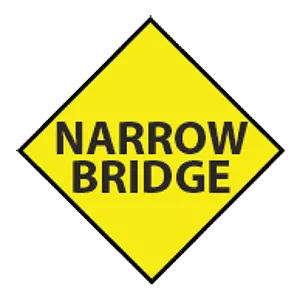
Warning signs are used to warn drivers about upcoming hazardous conditions and are usually yellow with black markings. This sign warns drivers that an upcoming bridge may be too narrow to meet or pass a truck and that they should be careful.
2 . A leaking exhaust system can:
The exhaust system helps remove toxic gases, reduce the noise, and cool the hot gases coming from a running engine. Fumes from a leaky exhaust system can cause death in a very short time. They can also make you drowsy while driving.
3 . When you want to make a right turn, your car must be:
As you prepare to make a right turn, you should get as far to the right side of the road as possible. Do not cut across lanes of traffic to perform any turn.
4 . Which of the following must you obey over the other three?
Directions given by traffic officers take precedence over signs, signals, and pavement markings. People authorized to direct traffic include police officers, fire police, highway work area flag persons, and school crossing persons.
5 . If you need to pass behind a tractor-trailer that is backing up, you should:
Large vehicles have large blind spots to the rear. If you are behind a large vehicle, it is very likely that the driver does not know you are there. Because of this, if you need to pass behind a large vehicle that is backing up, it is always the safest option to wait for the truck's backup maneuver to finish before you pass.
6 . This sign means:
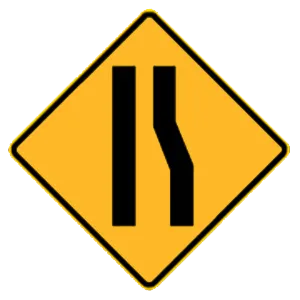
This sign indicates that the right lane ends ahead and drivers must merge left.
7 . When driving on a slippery surface, such as snow or ice:
To prevent skidding on slippery surfaces, you should shift to a low gear before going down a steep hill. You should also follow farther behind the vehicle in front of you than you normally would. Quick stops should be avoided. Unless you have antilock brakes, pump the brakes to slow or stop.
See the exact questions that will be on the 2025 New York DMV exam.
99.2% of people who use the cheat sheet pass the FIRST TIME
LT gives us an insight on how the cheat sheet provided her with all the study questions she needed before taking her test.
Joe initially studied with the handbook and failed his test, he eventually found us online, studied and pass his test the first time around.
